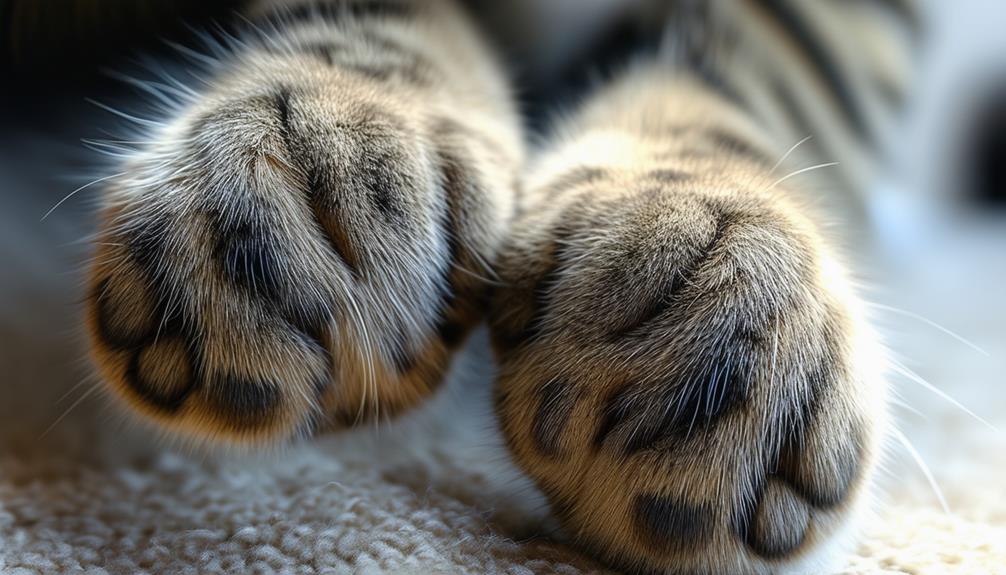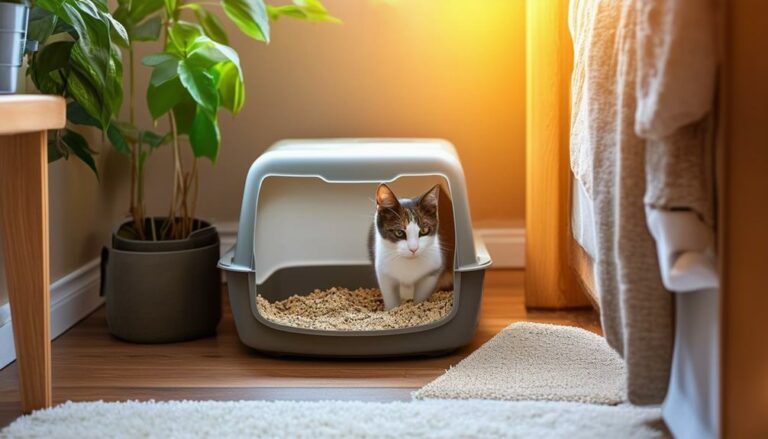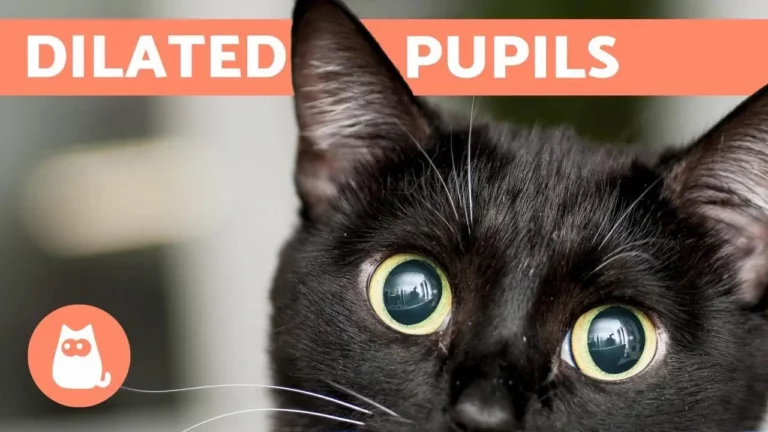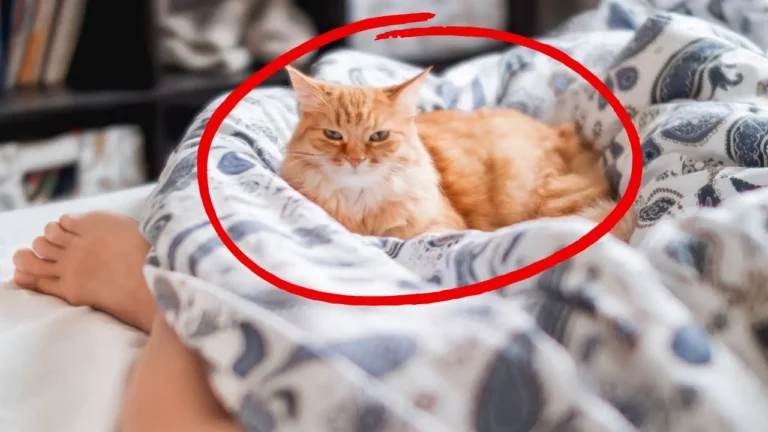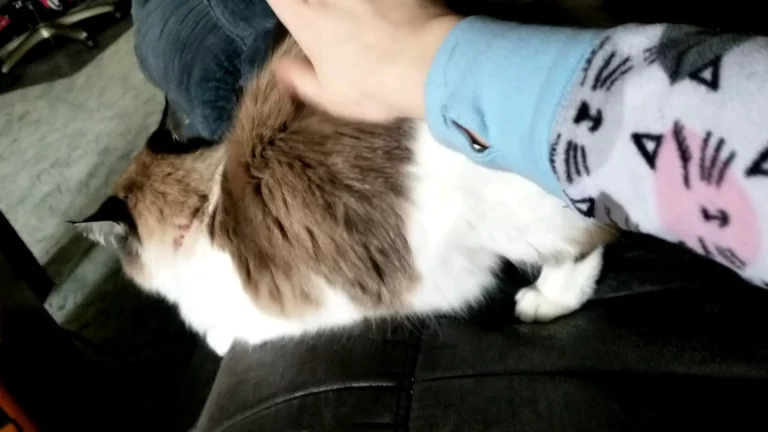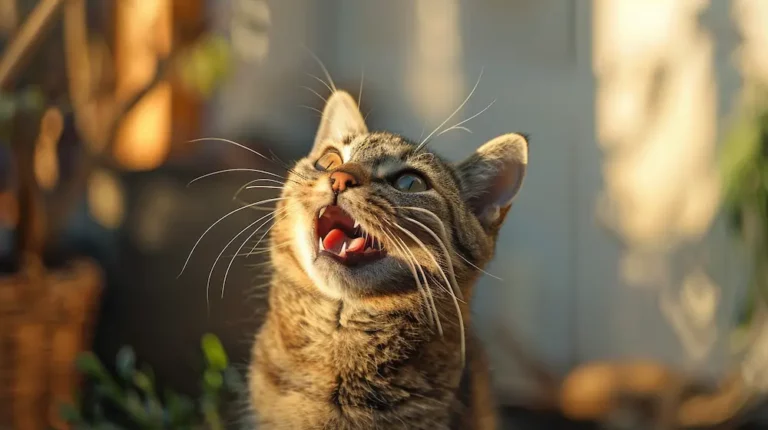Hidden Secrets in Your Cat's Paw Pads—You Won't Believe What They Reveal!
The paw pads of your
These small cushions are designed for much more than just walking; they serve as shock absorbers, aid in balance, and even act as a communication tool through scent glands.
By closely examining your
What specific secrets do these paw pads hold, and how can they impact your
Unique Characteristics of Paw Pads
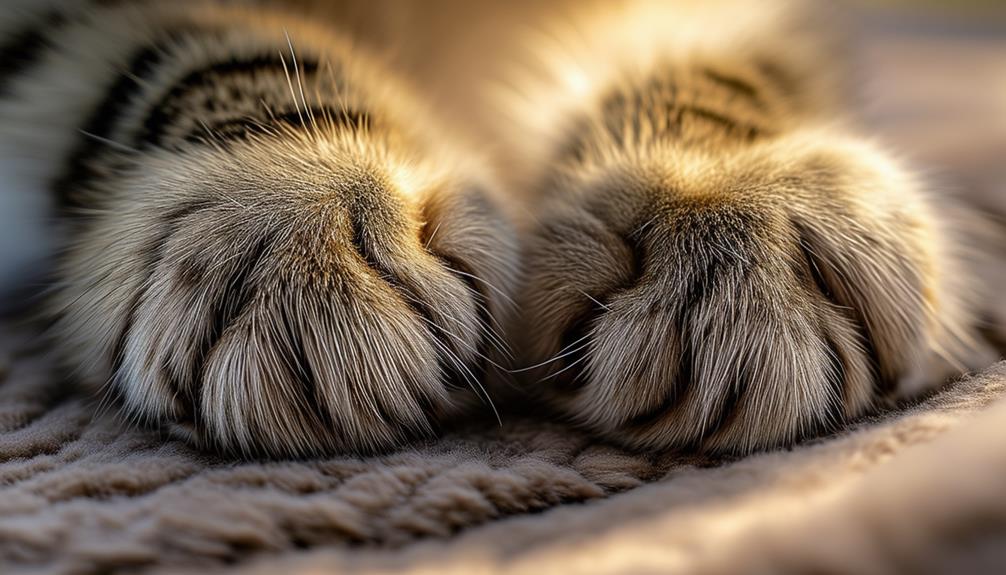
Paw pads, often overlooked, possess a multitude of unique characteristics that play essential roles in a
These specialized pads provide traction and shock absorption, aiding in a
Their thick, spongy texture protects delicate bones and joints from impact, while their rough surface enhances grip during climbing or running.
Additionally, paw pads contain numerous nerve endings, making them highly sensitive to touch and temperature, which helps cats navigate their environment.
The color and texture of a
Health Indicators in Paw Pads
The condition of a
Healthy paw pads should be smooth, soft, and free from cuts or abrasions.
Dry, cracked, or swollen paw pads may signal underlying health issues such as allergies, fungal infections, or systemic health problems.
Changes in color or texture could also indicate circulatory issues or nutritional deficiencies.
Regularly inspecting your
By maintaining a close relationship with your
Always consult your veterinarian if you notice persistent abnormalities.
Paw Pads and Balance
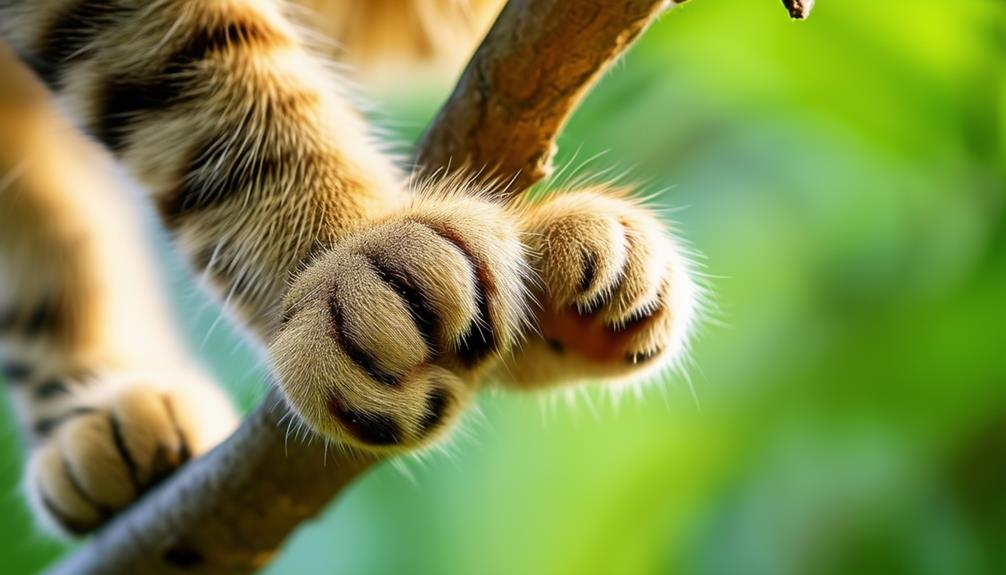
Integral to a
These soft, yet durable pads provide traction, allowing cats to walk, run, and jump with precision.
The unique texture of paw pads enables a
Additionally, paw pads act as shock absorbers, cushioning the impact during high jumps or quick descents.
This intricate design supports a
By understanding the importance of paw pads in balance,
Communication Through Paw Pads
Understanding the role of paw pads in maintaining balance naturally leads us to explore how these unique features also serve as a means of communication for cats.
Paw pads are more than just a tool for physical stability; they are also sensitive receptors that cats use to interact with their environment and convey messages.
When a
Additionally, the pressure and movement of a
Caring for Your Cat ‘s Paw Pads
Maintaining the health of your
Keep the pads clean by gently wiping them with a damp cloth. Moisturize the pads with pet-safe balms to prevent dryness and cracking, especially in harsh weather conditions.
Trim your
Conclusion
In summation, the intricate design and function of a
By paying attention to these often-overlooked aspects, one can foster a healthier, happier life for their
